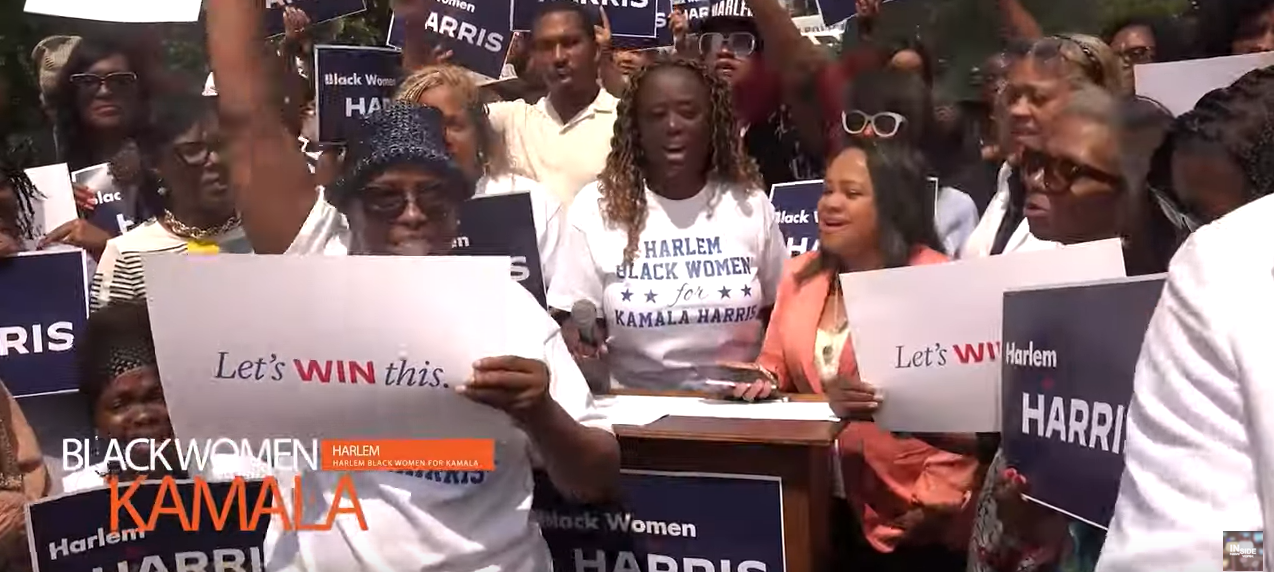Photo: YouTube
MONTGOMERY, Ala. – Southern states’ failure to prioritize public education has an outsized impact on students of color and students living in or near poverty, a new study released today by Education Law Center (ELC) and the Southern Poverty Law Center (SPLC) found.
The report, titled Inequity in School Funding, examines public school funding in eight Southern states based on criteria established by ELC’s national Making the Grade report, an annual state-by-state analysis of public school funding in all 50 states and the District of Columbia. The report ranks and grades each state based on three key measures: funding level, funding distribution and funding effort.
The Southern states highlighted in the report are Alabama, Arkansas, Florida, Georgia, Louisiana, Mississippi, Tennessee and Texas. These states have “woefully insufficient” school funding levels, and most of them fail to equitably distribute additional funds to high-poverty school districts, the report found.
The report defines fair funding as “the funding needed in each state to provide qualified teachers, support staff, programs, services and other resources essential for all students to have a meaningful opportunity to achieve the state’s academic standards and graduate high school prepared for citizenship, postsecondary education and the workforce.”
The impact of unfair school funding in the South is deeply rooted in the region’s history of racial segregation, which still influences education politics and policymaking and can be seen in the proliferation of private school vouchers and resistance to culturally responsive and inclusive teaching. This segregationist history means that Black and Latinx students and those living in or near poverty, groups that are overrepresented in public schools throughout the South, are more likely to bear the consequences of poorly resourced schools.
“We are currently in a place where partisan politics, not data or evidenced-based practices, are driving school policy,” said Bacardi Jackson, Interim Deputy Legal Director for the SPLC Children’s Rights practice group. “These efforts are steeped in white supremacy and seek to undermine public schools.”
When compared to other states, the report found:
- All eight states score in the bottom third for school funding. Alabama, Tennessee, Florida, and Mississippi score in the bottom 10 — spending more than $3,000 (and for Florida and Mississippi, more than $4,000) less per child each year than the national average.
- Alabama, Florida, and Texas have regressive funding practices, meaning high-poverty school districts receive less funding than low-poverty school districts. On average, high-poverty districts in Florida and Alabama receive about $1,500 less than low-poverty districts.
- Georgia barely meets the report’s conservative definition of progressive funding, with high-poverty districts receiving, on average, only 8% higher per-pupil funding than low-poverty districts.
- Arkansas, Louisiana, Mississippi, and Tennessee have “flat” funding distributions that disadvantage students in high-poverty districts because they do not provide additional resources to help close persistent economic and racial achievement gaps.
- All eight states reduced their effort to fund public schools in the last decade, resulting in a combined loss of $189 billion in state and local revenue. Florida, Georgia and Alabama all lost out on more than $2,000 per pupil by allowing school revenue to lag behind economic growth.
“Southern states have a long history of neglecting public education, depriving students – especially students of color and those from low-income families – of the opportunities that would help them succeed in school and life,” said Danielle Farrie, Education Law Center Research Director and report author. “It is past time for lawmakers in these states to move beyond political distractions and prioritize investments in public education.”











